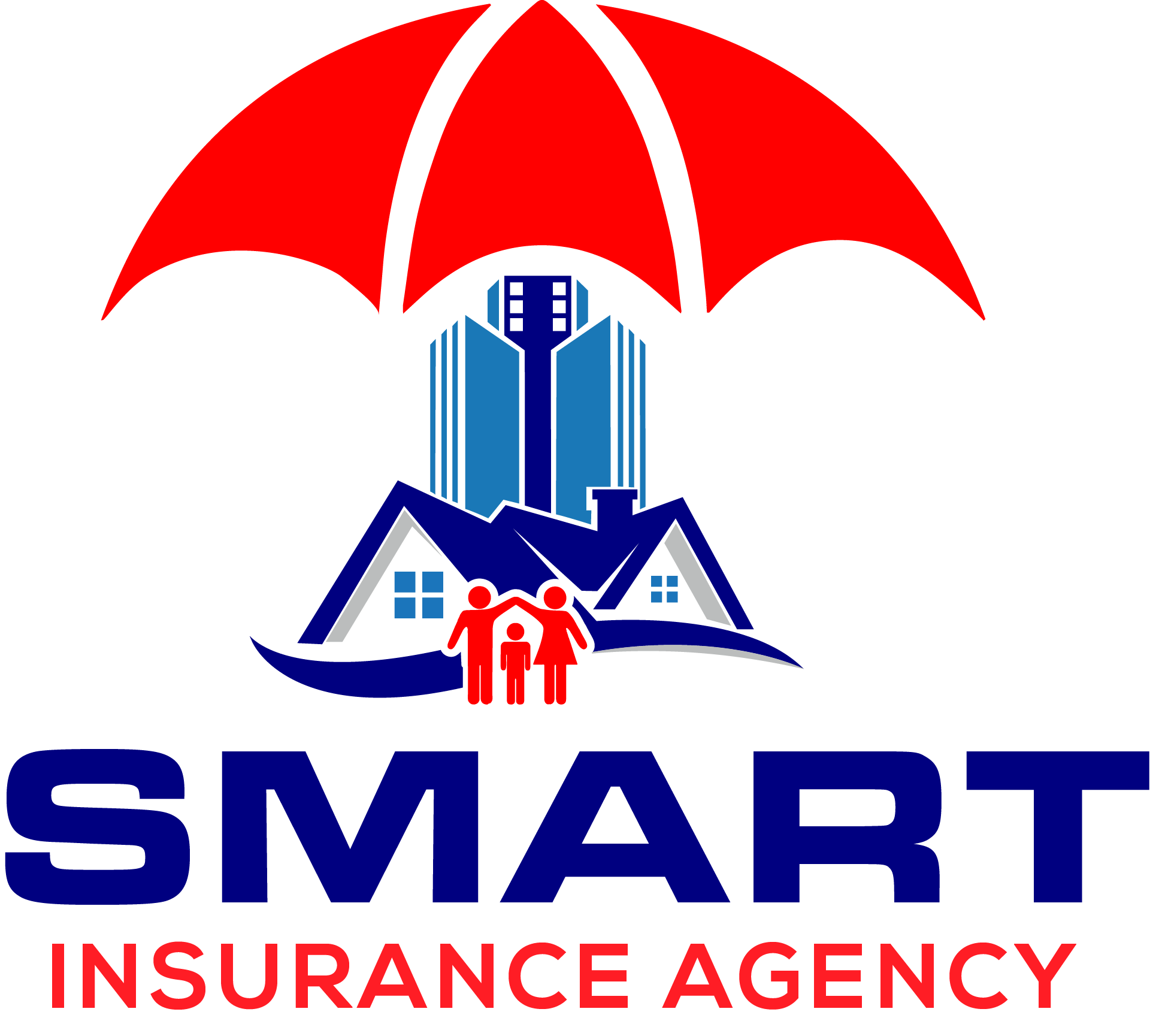fire lines
Sadly, our wildfire "seasons' are getting longer and longer. This fact has had a tragic effect on our neighbors and clients. "Climate change may play a role in the increasing number of wildfires. Rising temperatures and more intense droughts will accelerate the risk of wildfires in America’s West, according to leading global researchers." As it is hard to predict a wildfire, researchers have compiled attributing characteristics to help determine where risks are higher than others.
In order to accurately assess a dwelling’s exposure to wildfire, they developed and trademarked a scoring system known as “FireLine”. FireLine is a score from 0-30, and it combines several different risk factors regarding a home, the satellite imagery around the home, and pinpoints it to the property address.
Here's How It Works
There are three critical factors that affect the risk of wildfire loss:
1. Fuel—Grass, trees, or dense brush can feed a wildfire. FireLine calculates an average of fuels in a 3 radial distance within a mile of the dwelling.
2. Slope—Steeper slopes can increase the speed and intensity of wildfire. They also increase prices of rebuilding if necessary.
3. Access—Identifies whether a dwelling is located where firefighting equipment may have trouble negotiating, such as dead-end roads.
FireLine calculates the risk from each of these factors, as well as provides hazard ratings for specific properties. FireLine also identifies properties located in Special Hazard Interface Areas—risks outside fuel areas but exposed to wind-borne embers and high heat from nearby fuels.
Source: http://www.iso.com/isoPassportHelp/fireline_reports.htm

